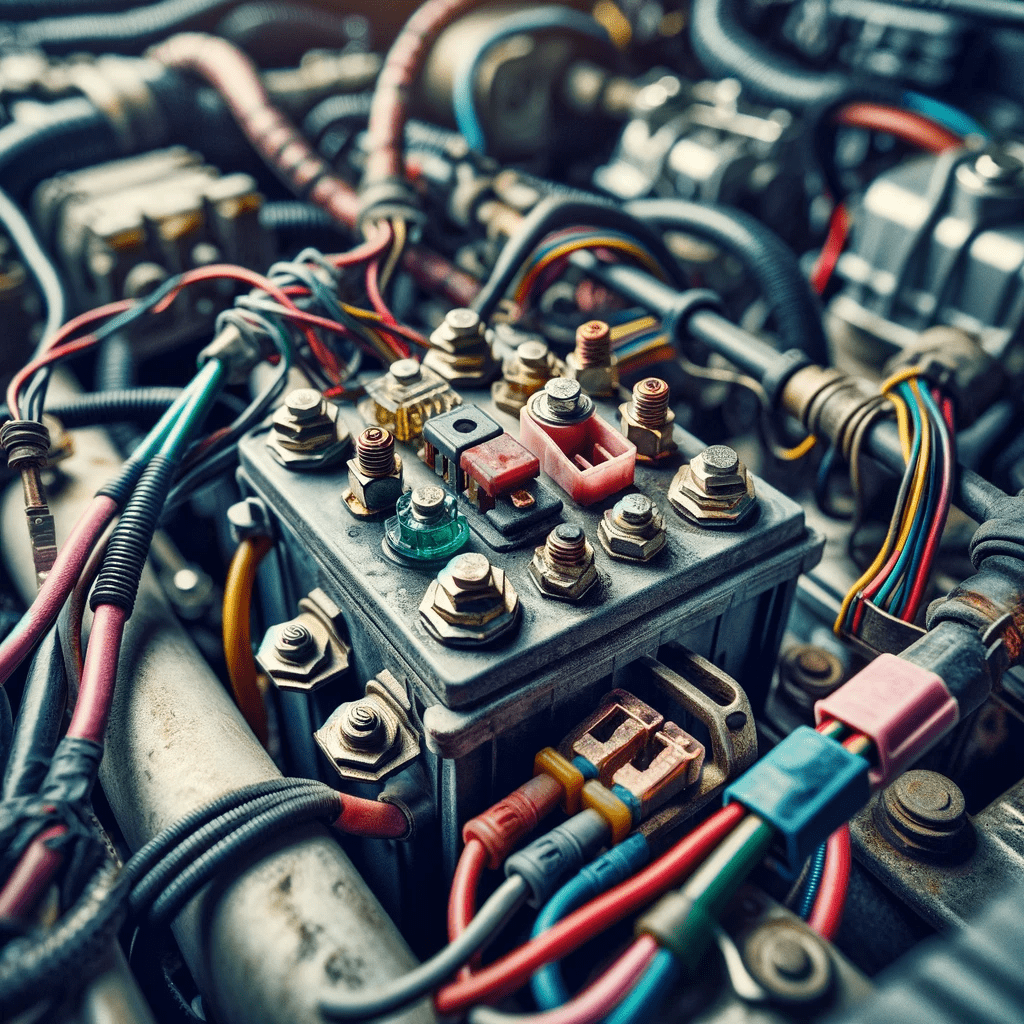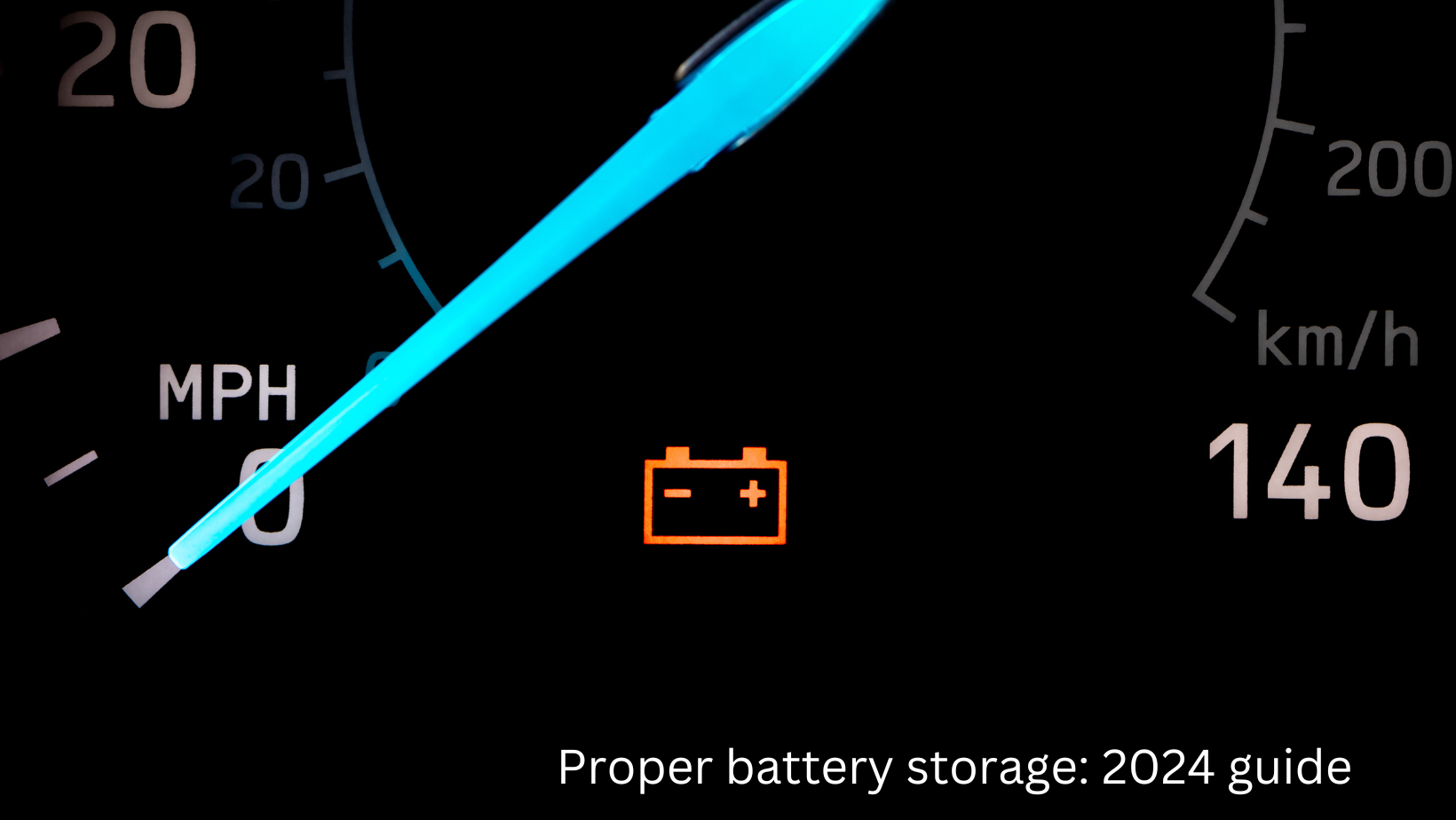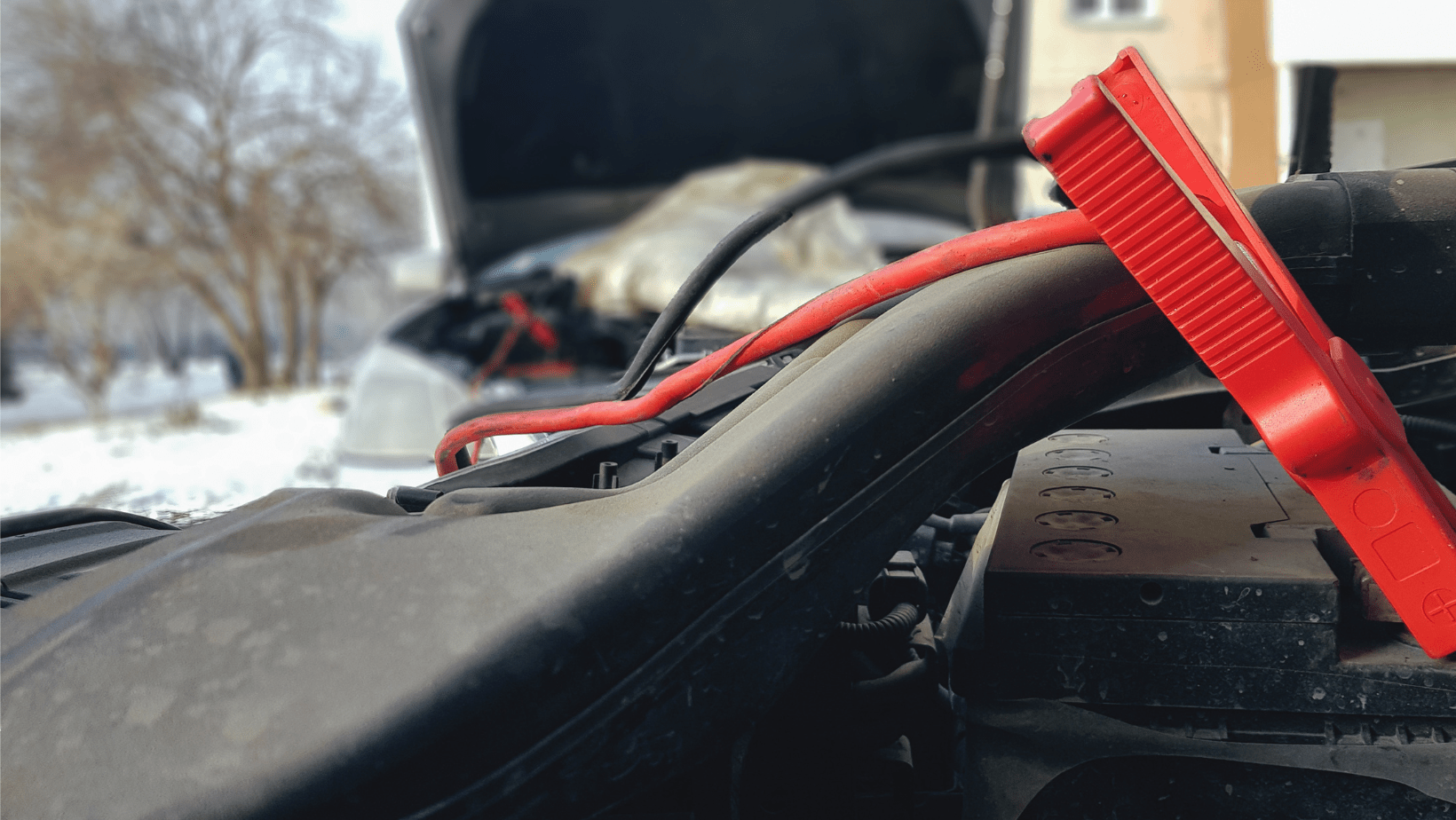Understanding the intricacies of electrical system troubleshooting in vehicles is crucial for maintaining optimal performance and safety. This guide delves into common problems, diagnostic steps, and essential tools to help you navigate the complexities of automotive electrical systems.

Key Takeaways
| Key Point | Details |
|---|---|
| Importance of Electrical System Troubleshooting | Essential for identifying and fixing automotive electrical issues efficiently. |
| Common Electrical Problems in Cars | Includes issues like dead batteries, faulty alternators, and wiring problems. |
| Steps for Diagnosing Electrical Issues | Systematic approach involving information gathering, visual inspection, and testing. |
| Tools and Equipment for Diagnosis | Multimeters, wiring diagrams, and system manuals are critical. |
| Preventive Measures and Maintenance | Regular checks and proper maintenance can prevent major electrical failures. |
Common Electrical Issues in Vehicles
Dead Batteries and Alternator Problems
Dead batteries are a frequent issue, often caused by leaving lights on, short trips that prevent full charging, or extreme temperatures. Solutions include jump-starting, charging, or replacing the battery, and checking the alternator. Faulty alternators can lead to similar problems, with solutions ranging from belt replacement to alternator repair.
Wiring and Connection Concerns
Corroded or loose battery terminals disrupt electrical flow, causing starting issues or dim lights. Regular cleaning and tightening can prevent these problems. Faulty wiring can be indicated by non-functional electrical components or visible damage. Ensuring high-quality wiring and proper connections is key to resolution.
For detailed insights on handling shift solenoid problems, refer to Shift Solenoid Problems.
Diagnostic Procedures
Initial Assessment and Information Gathering
Begin by gathering information about the vehicle model, engine, service history, and symptoms. This step is crucial for forming a clear understanding of the problem.
Visual Inspection and Road Testing
Perform a visual inspection for damaged wires or components. Road testing might be necessary to replicate the problem. For a deeper understanding of diagnostic tools and techniques, explore Basics of Car Diagnostics: Essential Steps and Tools.
Tools for Electrical Troubleshooting

Multimeters and Wiring Diagrams
A multimeter is essential for testing open circuits, voltage, and shorts in the circuit. Access to detailed wiring diagrams significantly aids in accurate diagnosis.
Understanding OBD-II Scanners
OBD-II scanners play a pivotal role in modern vehicle diagnostics. For comprehensive usage guidelines, see Mastering Vehicle Diagnostics with OBD-II Scanner.
Preventive Measures and Regular Maintenance
Regular maintenance, such as checking for loose connections and corrosion, is vital. Preventive measures can avert major electrical failures, ensuring the longevity and safety of your vehicle.
For insights into transmission diagnostic tools, check out Transmission Diagnostic Tools: Revolutionizing Vehicle Maintenance.
Conclusion
Effective electrical system troubleshooting in vehicles is a blend of knowledge, systematic approach, and the right tools. Understanding common problems, their causes, and solutions, along with regular maintenance, can significantly enhance your vehicle’s performance and safety.
Q&A:
| Question | Answer |
|---|---|
| What are the common signs of a dead car battery? | Signs include the car not starting, dim or flickering headlights/interior lights, and a clicking noise when turning the key. |
| How can a faulty alternator affect a car? | A faulty alternator can lead to a dead battery, faulty lighting and electrical components, and can cause the engine to die while driving. |
| What causes wiring problems in vehicles? | Causes include physical damage, corrosion, poorly designed or installed wiring, and age or wear and tear. |
| What steps should be taken in the initial assessment for electrical troubleshooting? | Gathering information about the vehicle model, engine, service history, and symptoms; and performing a visual inspection and road testing. |
| How can OBD-II scanners aid in vehicle diagnostics? | They provide detailed diagnostics, helping to accurately identify issues with the vehicle’s electronic systems. |
| What preventive measures can be taken to avoid electrical system failures in cars? | Regular checks for loose connections and corrosion, and ensuring high-quality wiring and connections. |





